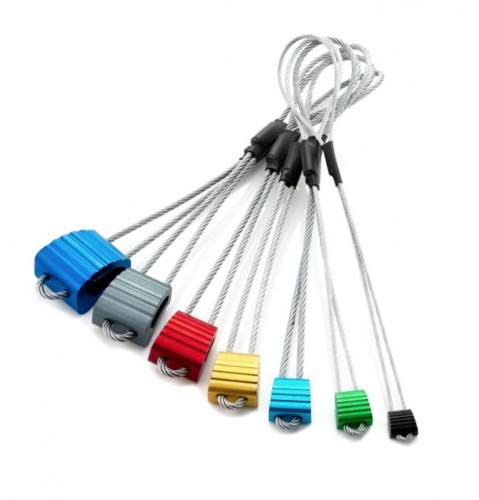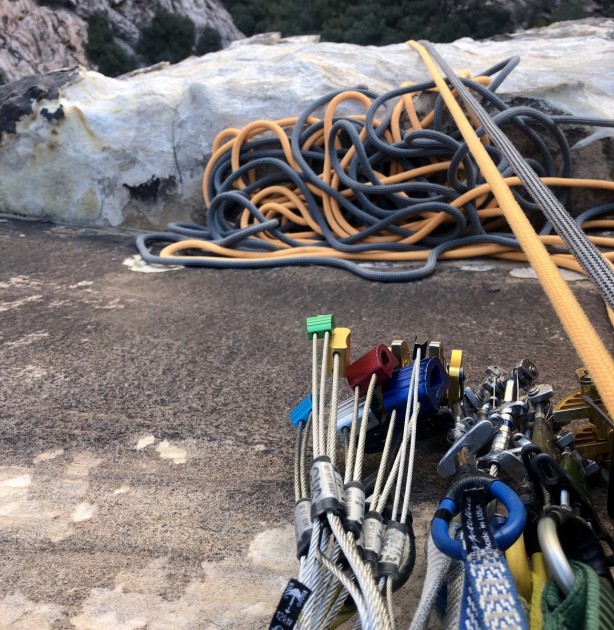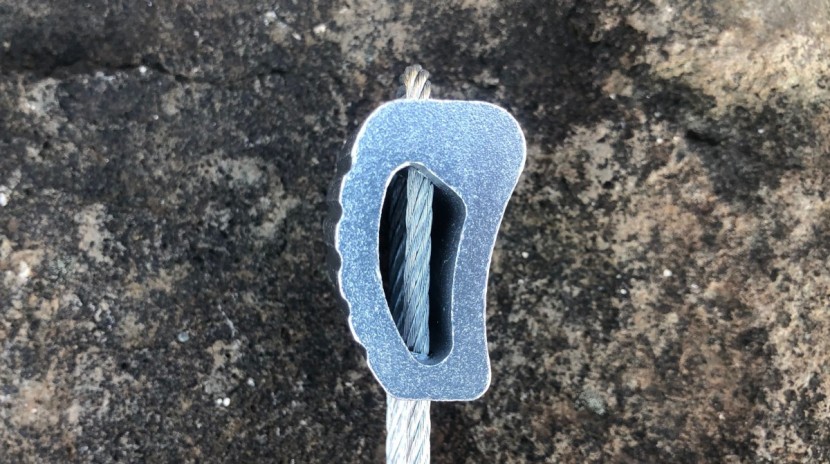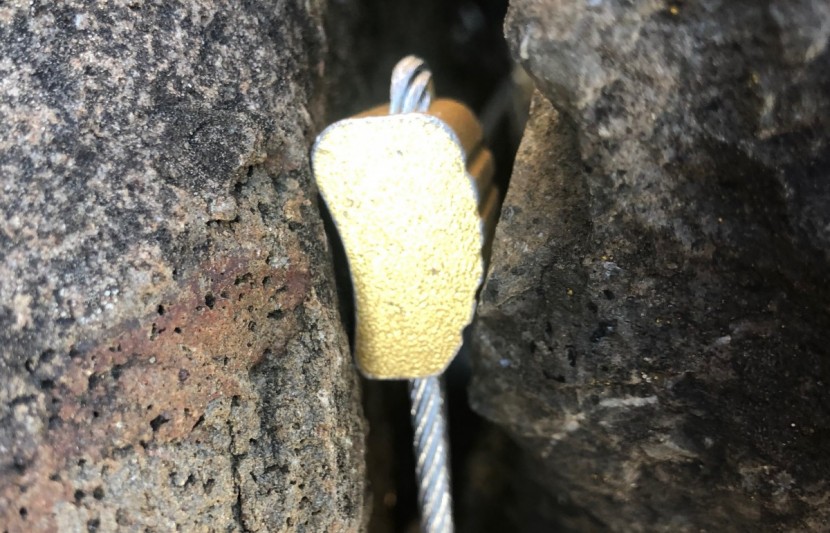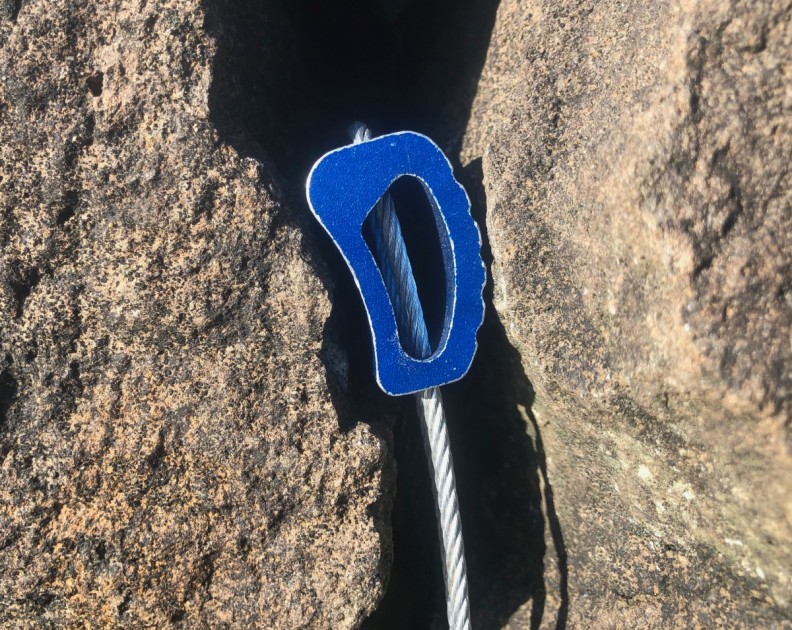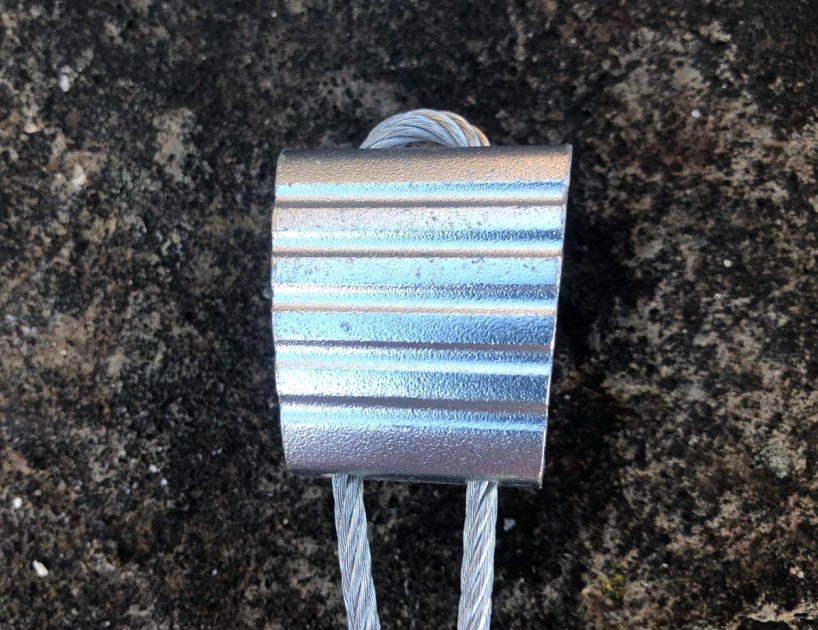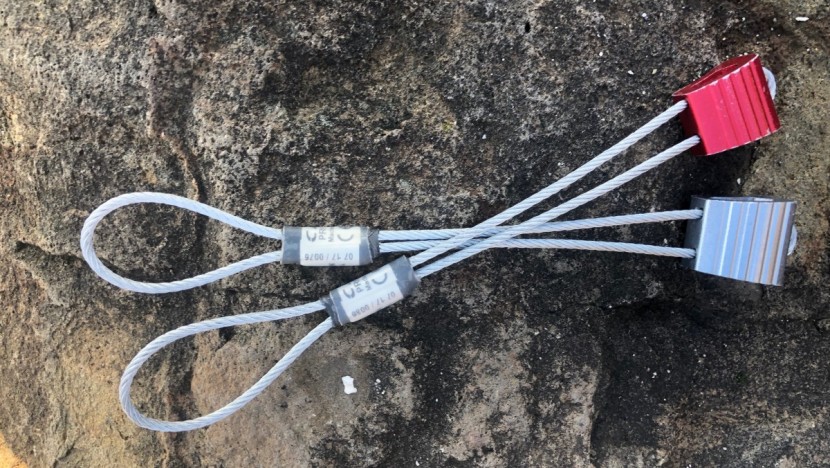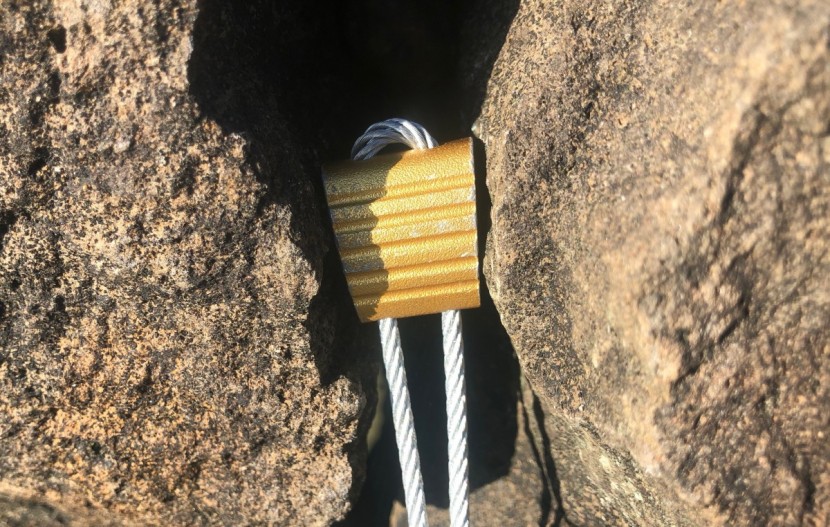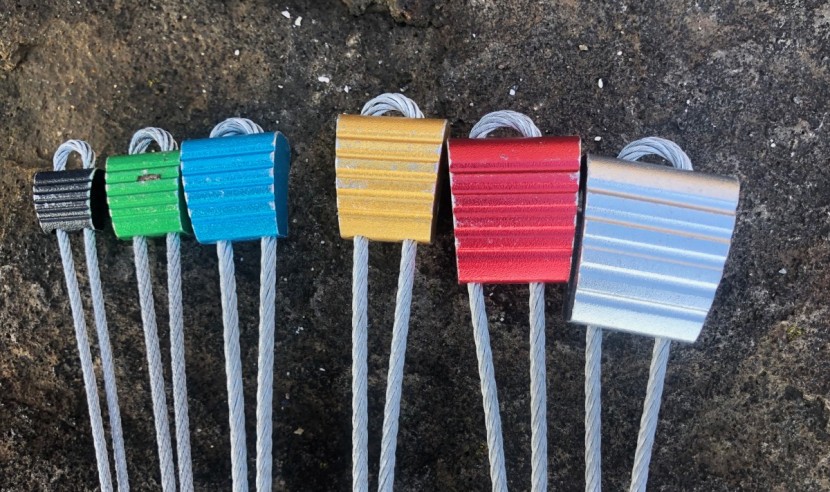CAMP USA Pro Nut Review
Our Verdict
Compare to Similar Products
 This Product
CAMP USA Pro Nut | |||||
|---|---|---|---|---|---|
| Awards | Best Overall Climbing Nut | Best for All-Around Small Nuts | |||
| Price | $80 List $49.69 at Amazon | $79.95 at REI Compare at 2 sellers | $169.95 at Amazon | $13.50 at REI | Check Price at Amazon |
Overall Score  |
|||||
| Star Rating | |||||
| Bottom Line | With its ease of cleaning and notable stability, these nuts make a great addition to anyone's rack but their size run isn't quite enough to stand along on their own | They simply work where cams and other nuts won't. These nuts are the most versatile on the market are our favorite for all-around trad climbing | These lightweight nuts are perfect for irregular rock types though they lack durability and cannot be purchased in smaller sizes | A lightweight and durable nut that is ideal for pin scars | These durable climbing nuts are very similar to other popular aluminum offsets available, though the red offset is a key size to complete the entire range of sizes between the largest brass offset and the smallest aluminum offsets |
| Rating Categories | CAMP USA Pro Nut | DMM Alloy Offset | Metolius Ultralight... | DMM Peenut | Black Diamond Offset |
| Flared Cracks and Pin Scars (30%) | |||||
| Parallel Cracks (15%) | |||||
| Performance in Textured Rock (15%) | |||||
| Ease of Cleaning (15%) | |||||
| Durability (15%) | |||||
| Use in Other Orientations (10%) | |||||
| Specifications | CAMP USA Pro Nut | DMM Alloy Offset | Metolius Ultralight... | DMM Peenut | Black Diamond Offset |
| Shape | Curved | Offset | Curved | Offset | Offset |
| Available Size Range | 1-5 | 7-11 | 1-10 | 1-5 | 7-11 |
| Material | Aluminum | Aluminum alloy | Anodized aluminum | Aluminum alloy | Aluminum/Steel |
| Manufacturer Rated Strength | 4 kN - 10 kN | 12 kN | 7-10 kN | 4 kN - 8 kN | 10 kN |
Our Analysis and Test Results
A great complement to existing nuts you may already have on your rack or for use is an alpine set. This set is produced in the most commonly used sizes but lacks any of the larger and smaller (less frequently used) dimensions that make it difficult for them to be a stand-alone all-purpose set. However, for the sizes available, our review team loves the Pro Nut's greater-than-average curve that extenuates the three points of contact, even in more heavily featured rock, and more rounded heads which makes them some of the easiest to clean.
Flares and Pin Scars
Small cams have gotten notably better, and now more climbers lean toward carrying and using this type of protection more. Even climbers who learned in the “Old School,” which relied heavily on passive protection, have mostly switched over to placing more cams than nuts on any given route. However, nuts still make up an important part of any climber's rack.
It's because of this switch that we rate a nut's performance in flares and pins scars higher than other metrics - most climbers tend to place cams first and only try nuts when they can't make the cam fit. And where cams don't fit well are in pin scars and small flares, but nuts work like a charm. This also a major reason why more-and-more companies are producing offset models to fit these types of cracks specially. Offset models absolutely perform much better in these types of cracks. All of these models are specifically designed to fit in funky flares and older pin scars where cams work poorly or not at all. Overall, the CAMP Pro Nut is a little on the mediocre side in pin scars where its trapezoidal shape with heavily rounded edges offers limited surface contact — the foundation of any piece of passive protection's strength. In cracks with a lot of flaring pods, you will need to find the most parallel portion of the crack to make nuts without any offset work. While we like many things about the Pro Nut's performance, its ability to handle slightly flaring and pin scared cracks isn't really one of them.
Parallel-Sided Cracks
It's worth noting that in this metric, no nut or stopper is truly very good in properly parallel-sided cracks - this is where spring-loaded camming devices are best. In our review, we compared each model's performance in more parallel-sided cracks, but they still had some taper for it to work.
These have the most curve of any chock we tested, as well as the most taper from the thickness of the upper portion of the nut to the lower portion, which helps make sure to maintain three points of contact for increased stability. Even compared to the Black Diamond Stopper, the Pro Nut has noticeably more curve and performs better in more parallel-sided cracks.
Performance in Featured Rock
We found these to be one of the better overall models for use in heavily textured or large-grained rock. This is mostly because of the larger-the-average curve on the backside that helps maintain three solid points of contact while allowing for clearance in the middle that can otherwise weaken the placement. We think these are right up there with the DMM Wallnuts as the best overall in rougher rock types, with the DMM Alloy Offsets close behind. Compared to other curved nuts, these are better than the Black Diamond Stopper or Cypher Huevo in more featured rock types, and if you commonly climb this type of stone, we think it's worth it to spend a little more money for a nut that works better.
Ease of Cleaning
Even though the Pro Nut has some of the least trapezoidal shapes of any of the classically tapered nuts, they're actually among the easiest overall to clean. This is due to two design aspects. The first is the amount of taper from bottom to top makes them easier to “back out” even when firmly “set.” The other is how rounded all the edges are. This makes loosening them from tighter spots easier than other models like the Black Diamond Stopper.
Durability
After extensive use, we found the heads of the Pro Nuts hold up pretty well, offering at least average overall durability. The ribs on the face of the nut hold their shape even with pretty rugged use and don't deform. One very small negative we discovered about this model's overall durability has to do with its slightly lighter weight cable. The cable isn't WAY lighter, but it is noticeable and has some advantages. One big advantage is that the wire is much more flexible, making it less likely the piece will pop out as a result of rope drag. However, the slightly less-stiff cable is slightly more prone to kinking than other models. It isn't like you are going to wreck them while yanking the draw up to clean them, but they do get bent faster than other models with thicker cables.
Use in Other Orientations
Like most of the nuts in our review, the Pro Nut can be placed in two different orientations. However, unlike a lot of the other classicly tapered (not offset) models, the Pro Nuts don't have much of a trapezoidal shape. This helps them to be placed in either direction - face in or face out - with more or less the same effectiveness. They also have a little more taper than most in their secondary direction, which gives them great bite as long as the crack is tapered enough to hold it.
Value
The Pro Nuts are slightly above average price among models we tested. They're a bit more expensive than Black Diamond Stoppers, which are a better deal for a similar-style nut. However, they aren't too much more, and for an alpine set of nuts, or some different sizes to complement nuts and stoppers you might already own, they fit in nicely.
Conclusion
The CAMP Pro Nuts are produced in the most commonly used sizes that, because of their greater-than-average curve and rounded edges, give them excellent bite, stability, and makes them easy to clean compared to most others. While their size run means they aren't quite a stand-alone set, they offer enough advantages for use as an alpine set or to complement other nuts already on your rack.


